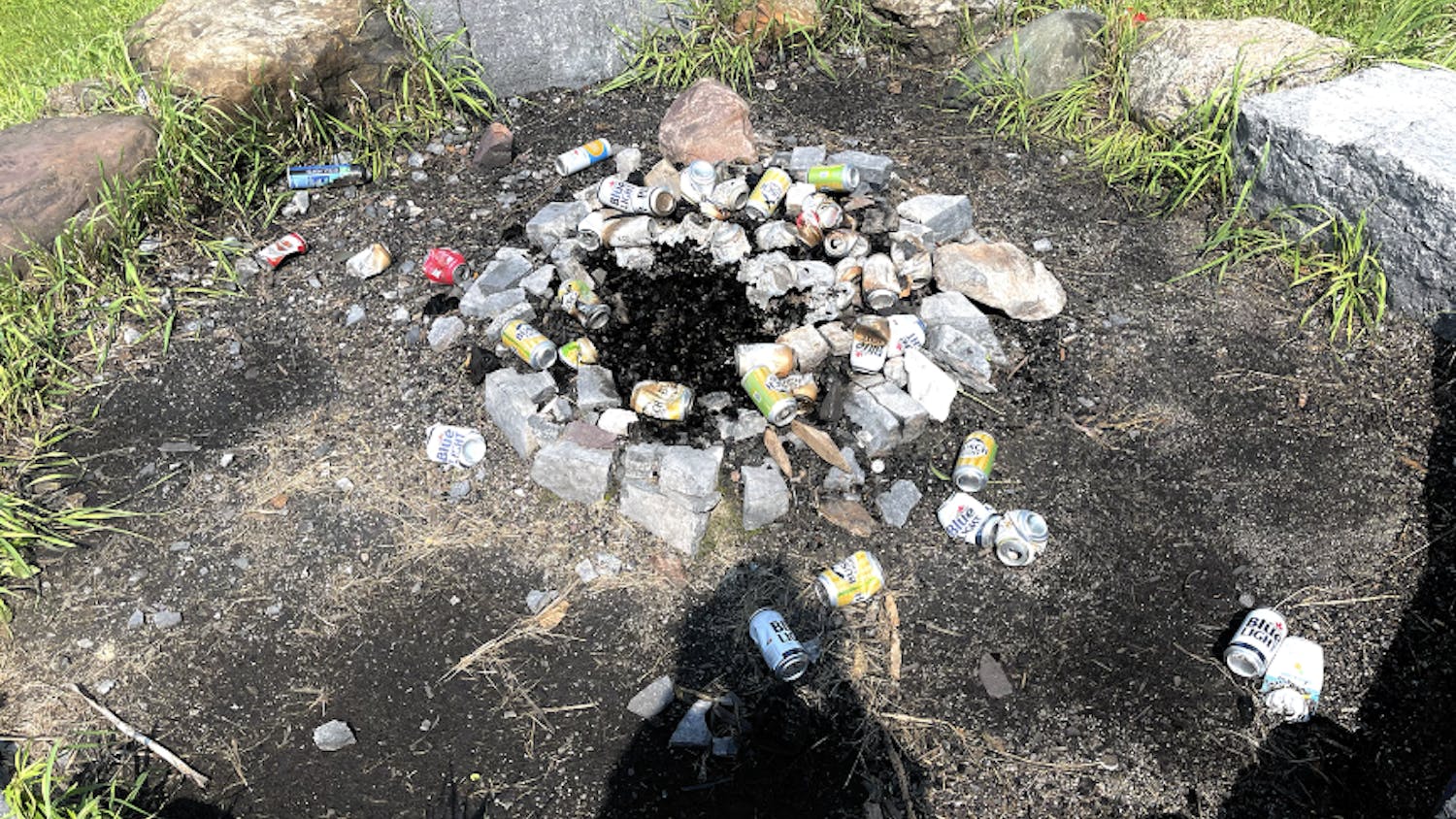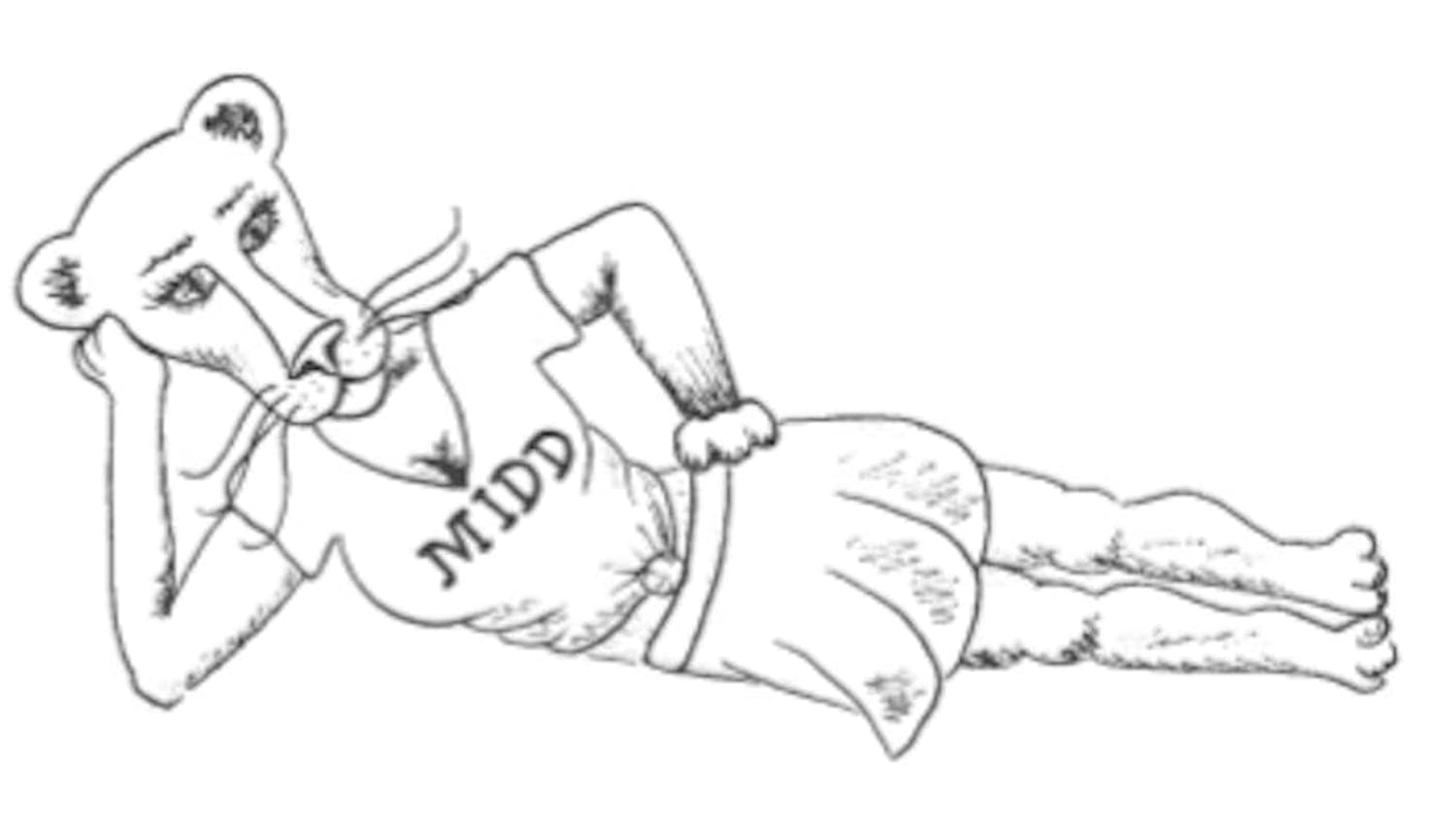Every culture, no matter what country or government, develops traits that distinguish the socially privileged from the impoverished. Usually, they’re ridiculous societal quirks. Cars in Manhattan are a fantastic example. You neither need nor benefit from one, which means you’re driving to show something. Implicitly, you’re screaming to the world that you 1) have time to wait on infested streets honking your horn incessantly and 2) have enough money to invest in a useless chunk of steel that has no utility where you live. Another good example are fur coats in Moscow, where noses mysteriously upturn at anyone who isn’t wearing a dead animal around their neck.
In Las Vegas, I encountered this in stark clarity. The status symbol of the Nevadan bourgeoisie isn’t an expensive car, nor is it a luxurious fur coat. It’s membership in the Literary Society, an aggrandized book club. They meet in whatever ritzy venue they desire and discuss their chosen prose, inviting the author to share a gourmet “brunch.” They also invite (for philanthropic reasons, I assume) local English teachers and their students. I was one of those students last January. I remember wealth, lots of it, worn on the necks of lawyers and casinocrats. Many appeared bloated with botox and hairspray. None of them really struck me as especially intriguing, except one – the invited author. He was a Pulitzer Prize-winning journalist with extroverted confidence, an easy grin and a book called “Deep Dark Down: The Untold Stories of 33 Men Buried in a Chilean Mine and the Miracle that set Them Free.” His name was Hector Tobar.
It’s safe to imagine that the 33 Chilean miners don’t possess the status symbols of their society. I doubt they had excessive cars or extravagant fur coats in their ten-week vacation in Hades, either. Their narrative is one the world has forgotten. In 2010, a few months after an earth-shattering quake, the San Jose copper-gold mine in the Atacama Desert collapsed on them. Their supervisor – who probably does have an excessive car and extravagant fur coat or two – happened to be absent. They were trapped in the abyss for sixty-nine days. Everything was darkness, literally and metaphorically. The only light was the fire of fear that seared their brains with every grumble of the cavern.
In the words of Jose Ojeda: “we were a pack of sheep, and the mountain was about to eat us.” And that trauma understandably bled into the sunlight and the “good” years that have passed since. One, for example, washed up drunk and suicidal enough to confine him to a Santiago psychiatric ward.
For a group as celebritized as the miners, you would think they would have been offered the best psychological assistance available on Earth.
They sure were buried in mountains of other stuff. They were offered planned trips – although most ended up not happening – to Britain, Jamaica, the Dominican Republic, Israel, Spain and Greece and a new motorcycle from Kawasaki Chile. As noted in El Segundo, each miner was promised approximately 19 million pesos ($38,000) in “vacations, clothing, and donations.” Not only did they not receive major psychological help, they also were skimped that compensation.
A CNN article published in August pointed out that “today, many of the miners have trouble making ends meet, some living off of government pension, which pays about $500 a month. That’s roughly half of what they made working at the San Jose mine.”
Others have returned to mining. Hector Tobar’s transcription of one victim’s story, Luis Urzua, is heart-wrenching: “to have one mine fall on top of you, and then to find yourself obliged to work underground in a second mine, with the same boss who once left you behind” is the “life of a miner.” A few years ago, we were the ones who lauded them with gifts and celebrity that most of them publicly stated they didn’t want.
We treated them like the Kardashians. Then we threw them out, back into normalcy, back into the mines.
But there’s still hope. If you go into town, to the Marquis Theater, the first poster you’ll see advertises “The 33” for November 13th.
It’s a movie adaptation of the Chilean miners’ story, starring Antonio Banderas. At the Literary Society meeting, Tobar specifically pointed out that ticket sales transitively fund the miners. The movie is a charity. And that’s great. . . until you think about it more deeply. While the miners themselves cycle through traumatic depression and impoverished wages, we in the First World can garble popcorn and watch portrayals of their suffering on gigantic silver screens. It’s exploitative, but it’s their last hope.
It’s their last possible way of reaping compensation for the tragedy that they experienced.
For this reason, I urge readers to book a ticket for November 13th.
Don’t come away from this article thinking the exploitation entitles you to skip it. You have the privilege to skip the portrayal of the miners’ suffering, but they don’t. They’re living it; they’re experiencing it right now.
Let’s make “The 33” sell out.
Hope for “The 33”
Comments



